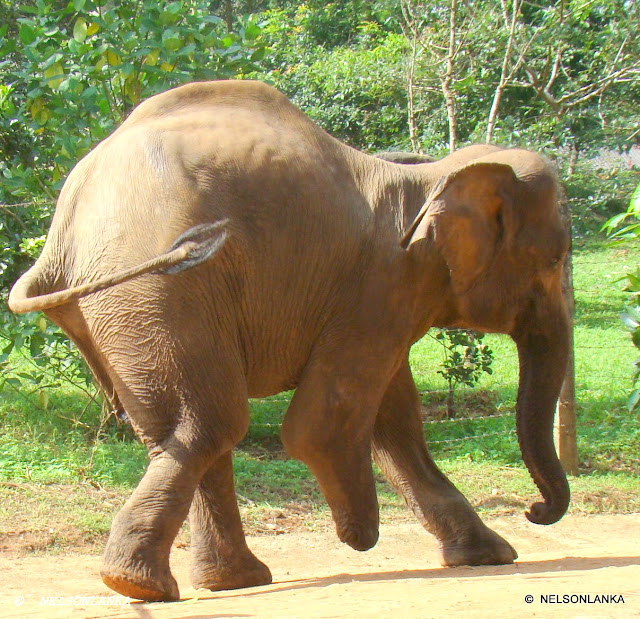Esala Perahera [ the festival of the Sacred Tooth Relic ] is the grand
festival of Esala held in Sri Lanka in late July or early August anually, this
grand Religious Procession parades the streets of Kandy for ten nights. It has
become a unique Buddhist Religious festival of Sri Lanka. Scores of traditional
Kandyan dancers and costume clad elephants take part in this parade. There
are fire-dances, whip-dances, Kandyan dances and various other cultural
dances performed by over a thousand participants.
YouTube video: http://youtu.be/tvABzeWHWWQ



